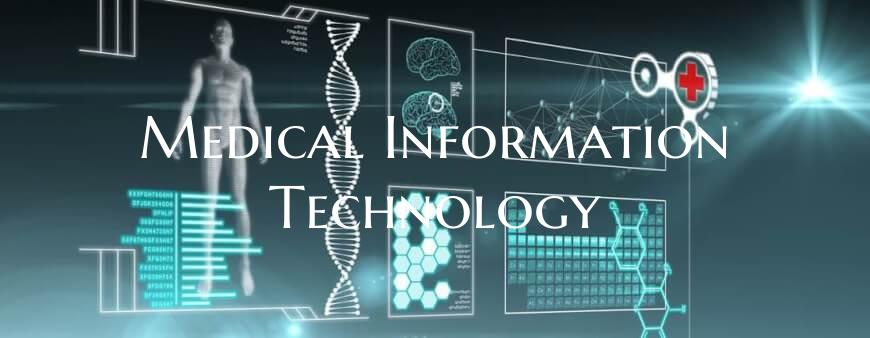Medical Information Technology
In recent years, the fusion of medical sciences with cutting-edge information technology has revolutionized the healthcare industry. Medical Information Technology (IT) has emerged as a vital tool in enhancing patient care, improving efficiency, and streamlining operations within healthcare organizations.
One of the key benefits of medical information technology is the digitization of patient records. Electronic Health Records (EHRs) have replaced traditional paper-based systems, allowing healthcare providers to access comprehensive patient data in real-time. This not only improves accuracy but also enables efficient coordination of care among different providers.
Moreover, medical IT has paved the way for telemedicine services, enabling patients to receive remote consultations and treatment from the comfort of their homes. This has proven particularly beneficial in providing care to individuals in remote or underserved areas, thereby increasing access to healthcare services.
Another significant aspect of medical information technology is the integration of data analytics and Artificial Intelligence (AI) in healthcare. By leveraging AI algorithms, healthcare providers can analyze large datasets to identify trends, predict outcomes, and personalize treatment plans for individual patients. This data-driven approach not only enhances clinical decision-making but also helps in disease prevention and early detection.
Furthermore, medical IT has played a crucial role in improving communication and collaboration among healthcare professionals. Digital platforms and applications facilitate secure sharing of information, enabling seamless coordination among physicians, nurses, and other care team members. This interconnectedness ensures a more holistic approach to patient care and promotes efficiency in healthcare delivery.
Overall, the evolution of medical information technology signifies a paradigm shift in the healthcare landscape, moving towards a more patient-centric, data-driven, and efficient system. As technology continues to advance, the potential for innovation in healthcare delivery is limitless, with the ultimate goal of improving patient outcomes and enhancing the overall quality of care.

